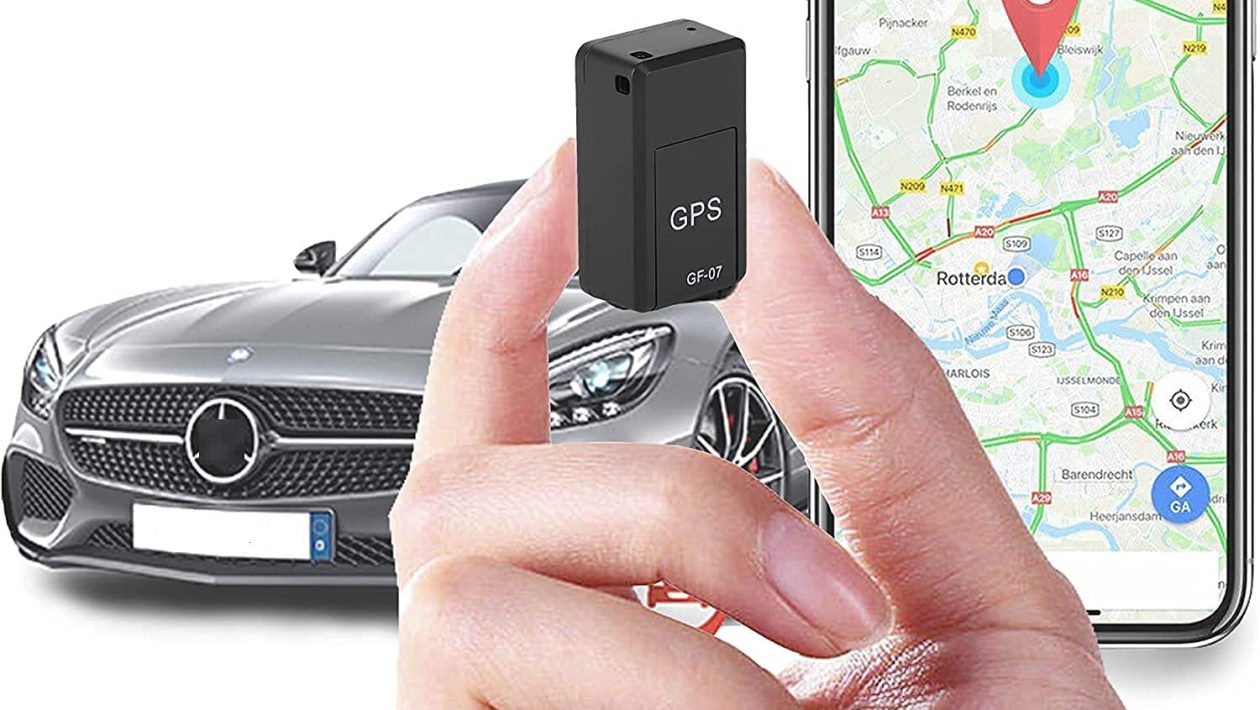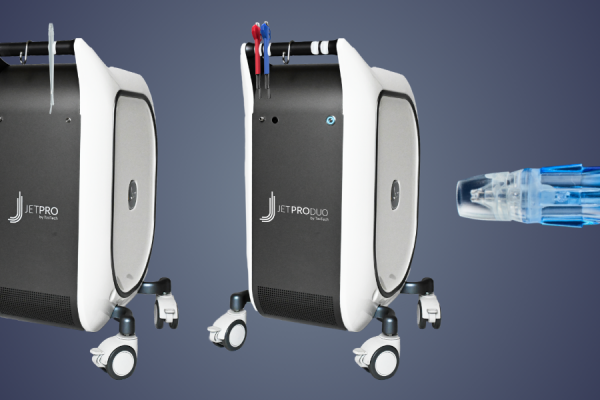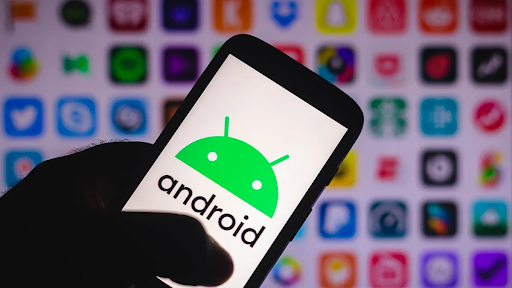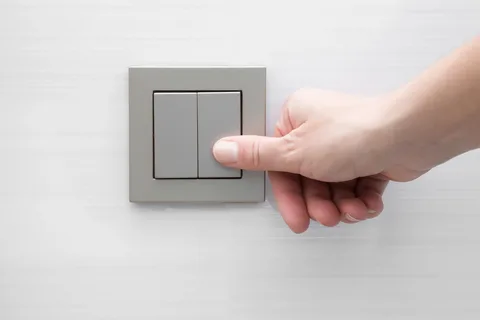In the realm of family safety, the advent of Geofencing technology has ushered in a new era of precision and proactivity. Geofencing, a virtual perimeter defined by GPS or RFID technology, is transforming how families approach GPS tracking. It goes beyond the traditional concept of tracking by allowing users to set virtual boundaries and receive instant notifications when a tracked device enters or exits these predefined zones. In this article, we delve into how Geofencing is revolutionizing family GPS tracking, exploring its applications, benefits, and the impact it has on modern safety practices.
- Proactive Safety Measures:
Geofencing injects a proactive dimension into family GPS tracking. Instead of relying solely on reactive alerts triggered by manual checks, Geofencing enables automatic notifications based on the movement of tracked devices. This proactive approach enhances the overall safety net, especially for families with children, elderly members, or individuals with specific safety concerns.
- Personalized Safety Zones:
One of the defining features of Geofencing is the ability to create personalized safety zones. Users can define virtual perimeters around specific locations, such as home, school, or a friend’s house. This customization ensures that alerts are contextually relevant, offering a tailored safety solution that aligns with the unique needs of each family.
- School and Campus Safety:
For families with school-going children, Geofencing adds an extra layer of safety. Parents can set up virtual boundaries around the school premises, and whenever their child enters or leaves this zone, an instant notification is sent. This feature is particularly valuable for ensuring that children arrive at school safely and return home as expected.
- After-School Activities Monitoring:
Geofencing extends its applications to after-school activities. Whether it’s sports practice, music lessons, or a friend’s house, parents can create geofences around these locations. This not only provides reassurance about the child’s whereabouts but also facilitates efficient coordination for pick-ups and drop-offs.
- Enhanced Security for Seniors:
For families with elderly members, Geofencing is a valuable tool for enhancing security. Caregivers can set up safety zones around the homes of seniors or key locations they frequently visit. If the senior member wanders beyond these zones or if there is an unexpected deviation from regular routines, immediate alerts are triggered, allowing for swift intervention.
- Geofencing in Public Spaces:
Geofencing isn’t limited to home or school environments. It can be extended to public spaces like parks or malls. Families can set up safety zones in crowded areas, providing an added layer of security in scenarios where keeping a close eye on family members might be challenging.
- Preventing Elopement in Autism:
Families with members on the autism spectrum often face the challenge of elopement, where the individual may wander away unexpectedly. Geofencing becomes a crucial tool in such situations. Caregivers can set up geofences around the home and other pertinent locations, ensuring that any movement beyond these zones triggers an immediate alert.
- Emergency Response Coordination:
Geofencing facilitates more efficient emergency response coordination. In the event of an emergency, knowing the last known location of a family member can be vital. Geofencing ensures that the safety zones act as reference points, aiding emergency responders in locating individuals quickly and accurately.
- Business Applications for Working Families:
Geofencing isn’t exclusive to residential use; it extends its benefits to working families. Parents can set up safety zones around workplaces or business trips. This feature is particularly relevant for families where one or both parents travel for work, providing reassurance and coordination in their absence.
- Alerts for Deviations from Routine:
Geofencing adds a dynamic element to routine monitoring. Instead of receiving alerts only in specific scenarios, such as leaving home or arriving at school, users can set up alerts for any unexpected movement. This includes unexpected stops during a commute or deviations from regular routes, allowing for immediate attention to any anomalies.
- IoT Integration for Smart Homes:
As smart homes become increasingly prevalent, Geofencing seamlessly integrates with IoT devices. For example, a geofence around the home can trigger the automation of various smart home features, such as adjusting the thermostat or activating security systems, based on the entry or exit of family members.
- Privacy Controls for Personalization:
Recognizing the importance of privacy, Geofencing technologies incorporate robust privacy controls. Users have the flexibility to customize who receives alerts and when. This personalization ensures that the benefits of Geofencing are harnessed without compromising individual privacy preferences.
- Driving Safety for Teenagers:
Geofencing has practical applications in promoting safe driving habits, especially for teenagers. Parents can set up safety zones around school zones or areas where speeding concerns may arise. Instant alerts can be triggered if the tracked vehicle exceeds predefined speed limits, encouraging responsible driving.
- Customizable Notification Preferences:
Acknowledging that not all alerts are of equal urgency, Geofencing technologies allow users to customize notification preferences. Users can define the severity of alerts, ensuring that critical notifications demand immediate attention while less urgent updates can be reviewed at the user’s convenience.
- Real-Time Collaboration for Families:
Geofencing promotes real-time collaboration within families. By sharing geofence data among family members, everyone can stay informed about each other’s movements. This collaborative approach contributes to a shared responsibility for safety, fostering a stronger sense of connectivity within the family unit.
Conclusion:
Geofencing has emerged as a transformative force in family GPS tracking, offering a dynamic and proactive approach to safety. Its applications span diverse scenarios, from school safety to elderly care and beyond. As technology continues to evolve, the impact of Geofencing on family safety is set to deepen, providing families with an invaluable tool to navigate the complexities of modern life while ensuring the well-being of their loved ones.





